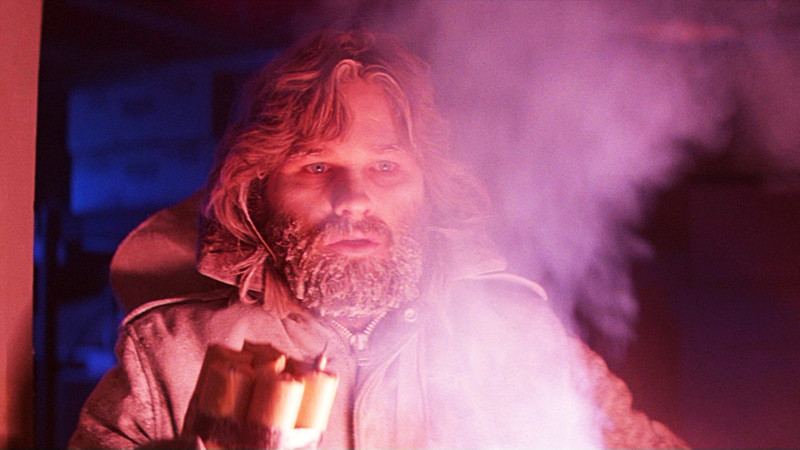
“John Carpenter is a filmmaker who is unashamed to stay within the genres he loves (horror and science fiction) and who practices his trade like a master craftsman.”
– Martin Scorsese
Often, and always with affection and esteem, American filmmaker John Howard Carpenter (born January 16th, 1948 in Carthage, New York) is referred to as “the Master of Horror.” Although he has never limited himself to any one genre, as this look back on his distinct body of work gloriously double-checks, he is for better or worse, most frequently associated with horror, science fiction, and action films.
For myself, having come of age in the 1970s and 1980s I was consistently and joyously exposed to and in awe of Carpenter’s arresting, consuming, and fantastical films. His were always the movies that my late brother and I were alway the most thrilled and enthused to see and any time I revisit these works it’s always with equal parts sentimentality and astonishment. They’re all so good!
Not only do Carpenter’s films still stand up, and indeed so many of them still feel as modern and innovative as ever, but I’ll even wager that Carpenter has truly never made a bad film––as the somewhat misleading headline here of “worst to best” suggests a period of cinematic poverty, which is just not the case. Even the few and infrequent misfires, if we want to call them that, are still movies that offer a wealth of ideas and originality.
“When I think of John Carpenter, I am amazed at the fact that we take him for granted. How can we? He is lightning in a bottle,” raved Mexican filmmaker Guillermo del Toro (Pan’s Labyrinth) in a recent Twitterstorm, adding: “We must all agree that Carpenter is a brilliant writer/director. A rare breed. A true auteur… John Carpenter doesn’t give a fuck if we like his films or not.”
Another added attraction to the Carpenter mystique is his considerable skill as a musician and composer. Yes, he regularly writes his own films, and works as producer, and editor, too––he’s no slouch––but an undeniable and absolutely awesome emblem of Carpenter’s works are the genius scores that accompany them.
Almost as perceptible as some of his iconic creations––the ashen-masked killer Michael Myers from Halloween (1978), for example––is the relentless and motivated music that drives them. Carpenter’s music, often inspired by prog rock and experimental Krautrock aesthetic adds immeasurably to the fictional worlds he captures and creates on screen and his original soundtracks are coveted amongst collectors and fans the world over.
One last word before diving into the ranking of Carpenter’s filmography; please note that what follows isn’t entirely complete as it eschews a few projects, namely the 1993 TV anthology movie Body Bags (which he co-directed with Tobe Hooper and is definitely recommended viewing for fans), as well as two episodes of Showtime’s Masters of Horror series (2005–2007) that he directed (“Cigarette Burns” is an absolute must-see for fans, and “Pro-Life” which is only so-so). And now, without further ado, let’s look back at this semi-retired cinematic virtuoso and his shining and often shocking miscellanea. Wonders await!
“In France, I’m an auteur; in Germany, a filmmaker; in Britain, a genre film director; and in the USA, a bum.”
– John Carpenter
20. Ghosts of Mars (2001)
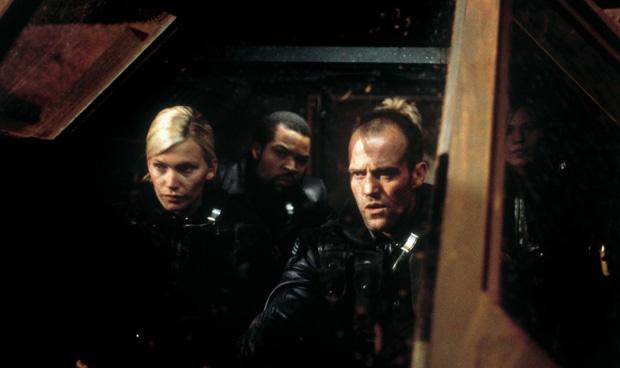
As stated in the introduction to this filmography ranking, it’s the opinion of this writer that Carpenter never made a bad film, and Ghosts of Mars puts that proclamation to the test. This is a flawed and frequently misguided sci-fi horror film that suffers from some inconsistent elements but still retains a wonderfully imaginative premise that Roger Ebert, in a very positive review, described as “a brawny space opera, transplanting the conventions of Western, cop and martial arts films to the Red Planet.”
Originally intended as the third film in Carpenter’s incomplete Snake Plissken trilogy––more on that iconic character later on down this list––and formally entitled “Escape from Mars”, the film is set in the second half of the 22nd century. Mars has been inhabited by human settlers for some time, largely due to Earth being overpopulated, and some 640,000 expat Earthlings are now Martians, mining the planet for its abundant natural resources in extensive and spooky mining operations.
This premise spurs the discovery on an ancient Martian civilization whose champions, long dormant, have been awakened and are now taking over the bodies of the humans who have insinuated themselves amidst their slumber.
The cast of characters includes police officer Melanie Ballard (Natasha Henstridge), a misunderstood master criminal Desolation Williams (Ice Cube), and supporting roles from Clea DuVall, Pam Grier and an early film role from action star Jason Statham.
Ghosts of Mars is a throwback, somewhat, to Carpenter’s early work, and references his earlier and much stronger material with a siege-like thrust that, while paling in comparison to say Assault on Precinct 13 (1976), still presents a strangely skewed dystopian vision with hardcore science fiction elements twined with terror and B-movie hysteria. All that said, it’s likely that only Carpenter fans will truly appreciate this campy amusement.
19. Memoirs of an Invisible Man (1992)
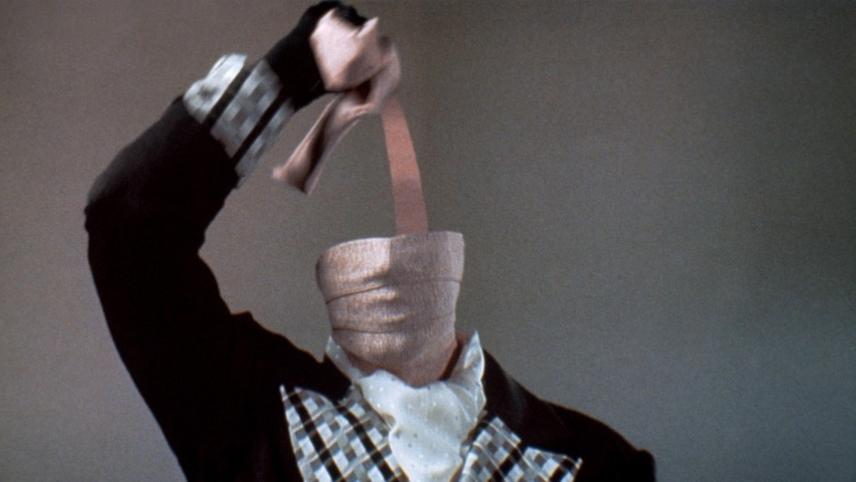
A true rarity in the Carpenter canon, this 1992 variant on the H.G. Wells classic––though truthfully this film springs from H. F. Saint’s playful 1987 thriller novel of the same name––Memoirs of an Invisible Man is largely a comedy with some sci-fi thrill accoutrements thrown haphazardly into the mix.
Originally, as in Saint’s source material, Carpenter and the film’s star Chevy Chase were interested in making more of a suspense thriller with comic elements only on the periphery, but due to studio meddling resulting in Carpenter’s loss of artistic control, Warner got its way and the film is more audience-friendly and far less challenging than the director envisioned.
Average businessman Nick Halloway (Chase) is unwittingly caught in an experiment gone awry during a meltdown at Magnascopic Laboratories. Accidentally endowed with invisibility, Nick needs the help of his kinda sorta new girlfriend Alice Monroe (Daryl Hannah). A charismatic TV documentary producer, Alice may well be the only person who can help Nick out of his nightmare scenario, or at least help him get some answers while avoiding a sketchy CIA operative named David Jenkins (Sam Neill).
Some excellent special effects, some clever wrinkles on the perils of being invisible, and some strong, though often hammy, performances are what makes Memoirs work, but that it all plays out rather conventionally and frequently feels like a vanity project for Chase is what prevents it from meeting its full potential. It’s too bad so many elements work against it but it still must be said that the mischievous Memoirs of an Invisible Man is worth seeing (dreadful pun intended).
18. The Ward (2010)
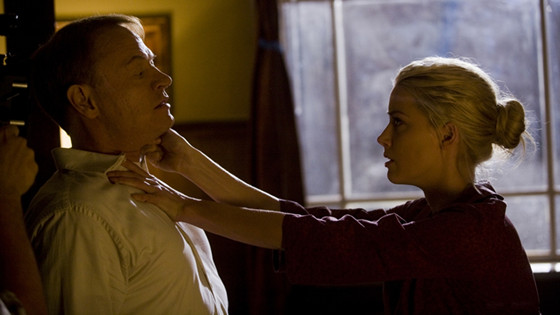
As with Ghosts of Mars, The Ward is certainly lower tier Carpenter fare, and while it doesn’t have the adventurousness and emotion of his other works, this is still a finely crafted fright film, something of a chamber piece, with a few memorable moments and a surprisingly strong cast.
Amber Heard is Kristen, a troubled amnesiac and patient of the North Bend Psychiatric Hospital in Oregon, 1966, who is convinced a vengeful ghost is stalking her and other residents for reasons she wishes to unravel. Mamie Gummer, Danielle Panabaker, and Lyndsy Fonseca portray other patients in the ward, who, under the supervision of therapist, Dr. Stringer (Jared Harris), endure many archaic obstacles in their confrontation with a potentially supernatural murder mystery.
The most chilling aspects of The Ward are derived from real-life and misguided old school ideas of mental illness; intense electroshock therapy; the practice of transorbital lobotomy; misdiagnosis, overmedication; straitjacket confinement; and other sadistic and antiquated forms of aversion therapy.
Unfortunately, and despite many effective elements, as far as ghost stories go, The Ward indulges too much predictability and is somewhat derivative of similarly spiced psychodramas, particularly in the overdone Shyamalan twist category.
17. Someone’s Watching Me! (1978)
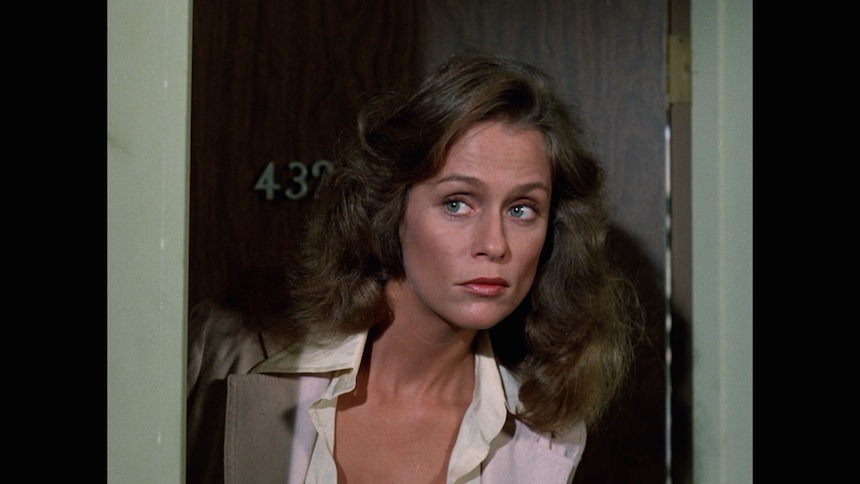
A made-for-television 1978 fright film and part of NBC’s then popular “Tales of the Unexpected” series of Twilight Zone-esque offerings of macabre sci-fi and/or straight up horror, this well-received telefilm was also written by Carpenter (and it netted him an Edgar Award nomination for Best Television Feature).
Starring Lauren Hutton and Adrienne Barbeau––in her first of three films with Carpenter, whom she’d later marry––Someone’s Watching Me! tells the hair-raising and rather tragic story of Leigh Michaels (Hutton). Leigh is newly arrived in Los Angeles where she seeks a fresh start, a new career, and a new residence in a high-rise apartment building with a dark history.
The previous tenant in Leigh’s apartment died from an apparent suicide and now a mean and mysterious stranger keeps phoning Leigh and leaving her strange gifts as well. As the situation escalates Leigh must defend herself and readies to do so ferociously.
Amongst the director’s fans Someone’s Watching Me! is regularly regarded as as “the lost Carpenter film,” owing to it never getting a theatrical release as well as its lengthy absence from home video––a DVD was finally issued by Warner in 2007––it’s well worth tracking down and holds up remarkably well.
16. Village of the Damned (1995)
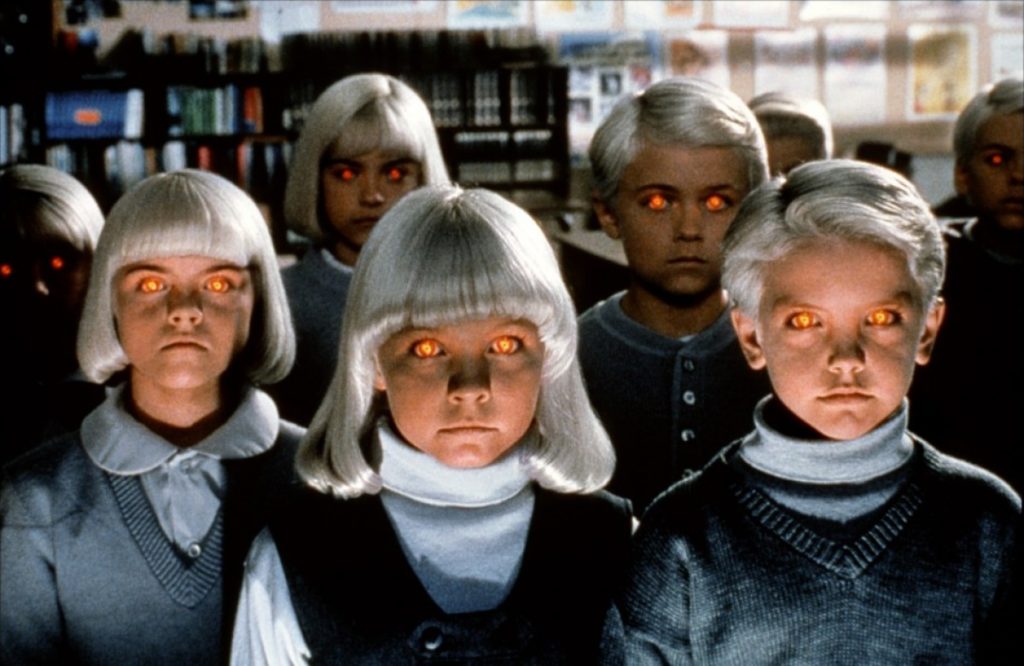
John Carpenter’s ingenious rephrasing of Wolf Rilla’s 1960 sci-fi horror classic Village of the Damned, which in turn is adapted from the 1957 John Wyndham novel “The Midwich Cuckoos” is an impressive, paranoia-addled ephebiphobic freak out.
The bucolic coastal town of Midwich, California, sees a mysterious and inexplicable instance wherein everyone collectively blacks out for six hours. When everyone comes to it’s discovered that ten women are strangely pregnant and then, nine months to the day, the children are simultaneously born.
Growing at an abnormal rate, these children––who all have a similar ashen appearance and correspondingly ghoulish illumined eyes––remain creepily calm and seemingly devoid of emotion, and soon show signs of vast psychic abilities, such as being capable of reading the adults’ minds and being able and willing to manipulate them into acts of terrible self-harm.
Soon Midwich’s town physician Dr. Alan Chaffee (Christopher Reeve) teams with government scientist and epidemiologist Dr. Susan Verner (Kirstie Alley) to contend with the alien children and upend their destructive reign.
While the original film is superior perhaps only because it told the tale first and therefore introduced these childlike savages to pop culture, Carpenter’s film provides ample sci-fi fireworks, strong doses of dark humor, solid special effects, and compelling occurrence. Largely derided by critics when it was first released––a familiar and unfortunate tune for Carpenter––Village of the Damned is an unfairly ignored horror film that’s actually quite a lot of gruesome and fiendish fun.
15. Vampires (1998)
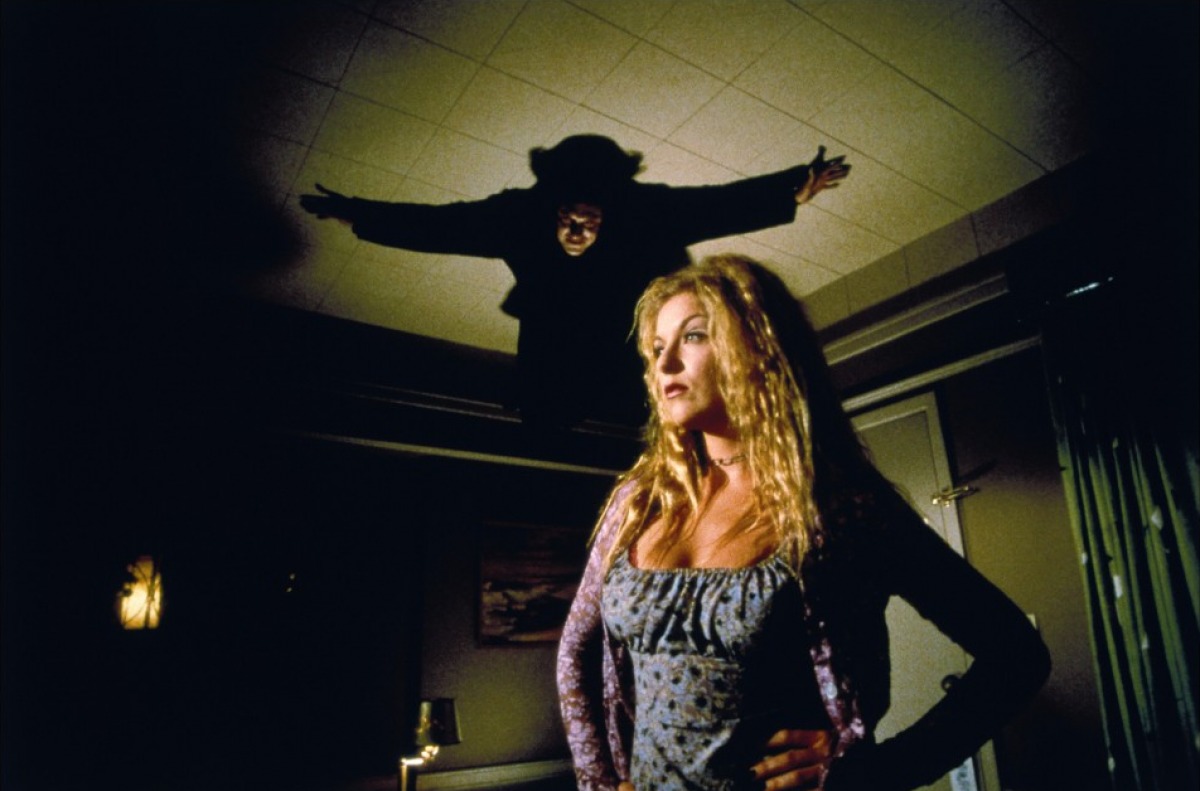
This surprisingly smart and savvy revamping (ouch!) of the Western genre with lots of unremitting action and classic horror components, Vampires stars a decidedly overdone James Woods as Jack Crow, a Vatican-sponsored vampire hunter.
Designated a “master slayer” by the Catholic Church, Crow roams the New Mexico badlands leading a battle-weary team of vampire killers (including Daniel Baldwin, Tim Guinee, and Sheryl Lee) who, like him, are ably assisted by the church via financial support and vampire-specific weaponry.
On the trail of a particularly powerful and implacable vampire nasty named Jan Valek (Thomas Ian Griffith), Vampires is adapted from aptly named author John Steakley’s 1990 novel “Vampire$” and though it performed modestly at the box-office, barely breaking even, it spawned a pair of direct-to-video sequels and has garnered something of a cult following.
A stripped-down and stylish thriller, which is enjoyable largely because of Woods’ badass snarky performance but also due to Carpenter’s semi-regular cinematographer Gary Brian Kibbe’s expert lensing. Kibbe, who’s shot a total of seven Carpenter films (including They Live and In the Mouth of Madness), goes all out capturing the Wild West distinction and refinement of classics like Rio Bravo (1959) and The Wild Bunch (1969), adding chic layers to Vampires that are absent in other films of its ilk from that era.